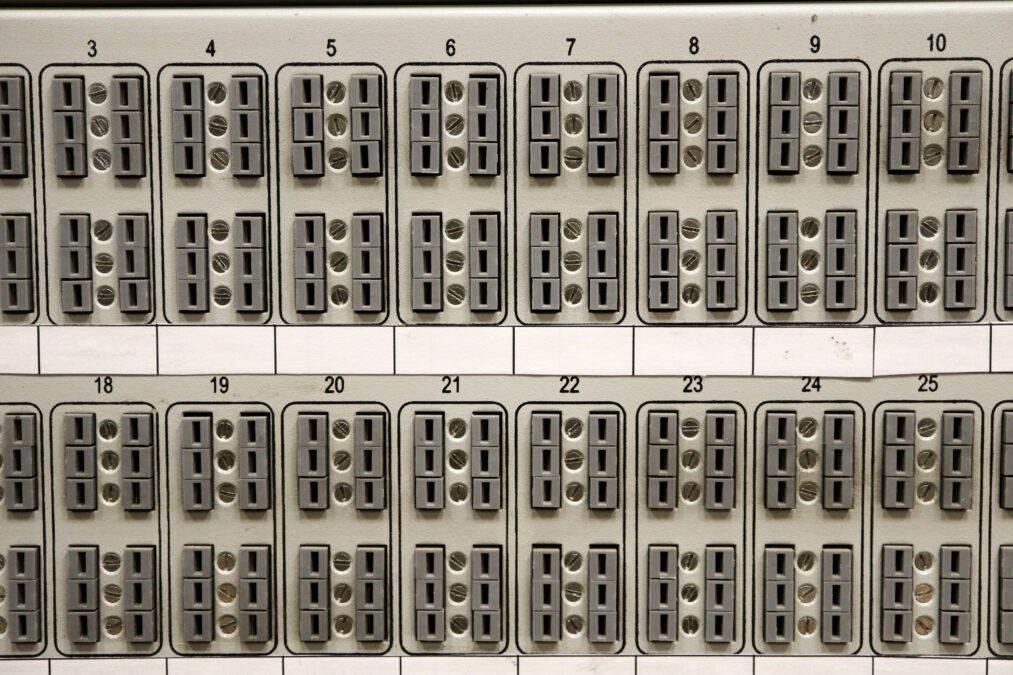Hao Shi, solutions consultant at Arkessa, part of Wireless Logic Group, discusses what the Public Switched Telephone Network (PSTN) switch off means for IoT
It has been a long time coming, but now the public switched telephone network (PSTN) switch off is just around the corner. In 2025, we will all say goodbye to the analogue technology that has been the backbone of the UK phone network for so long. While businesses nationwide will think about what this means for their voice calls, companies with IoT applications must also prepare for the impact. Inevitably, this will involve managing some change, but far from being just an annoying ‘must do’, companies can take this opportunity to enhance their applications.
The humble copper cable has sustained voice communications for generations, enabling all of us to stay in touch. Clearly, communications have evolved during this time and phone calls are now just one of many ways to connect. Digital communication technologies have simply surpassed traditional analogue; voice calls are being digitised, and cellular connectivity is evolving to enable wireless communication in many forms.
Communication has outgrown PSTN, with its ageing equipment and maintenance dependent on engineering skills now rapidly leaving the workforce. Businesses must look to the future, which lies in voice over IP (VoIP), fibre broadband, cellular 4G – even 5G – connectivity and, increasingly, low power wide area network (LPWAN) technology.
Yet, according to a survey by Zen Internet, nearly a quarter (24%) of UK businesses aren’t aware of the plan to withdraw traditional copper line phone services. Despite the pressing need, it seems many businesses have some way to go in preparing for the big PSTN switch off.
Openreach launches ‘Call Waiting List’ for businesses ahead of digital upgrades
The IoT impact
That’s concerning because, in addition to voice, there are many non-voice applications that still rely on PSTN. In fact, BT has identified around 200 use cases of telephone lines. In the IoT world, these include telemetry and alarm, door entry and electronic point of sale (ePOS) applications.
Companies considering PSTN alternatives for applications such as these should take a range of factors into account. To examine them, we can use the example of two heavily impacted industries – utilities and lifts.
The utilities industry, particularly water, makes extensive use of PSTN-connected industrial control systems to monitor and manage its infrastructure. Often, sites are in remote locations where connectivity considerations are key. When assessing PSTN alternatives, companies in this industry must weigh up the options against a set of fundamental requirements that include availability, reliability and running cost. Ideally, replacement connectivity will improve efficiency, but a new technology also provides the opportunity to build on existing capabilities. This could, for example, be by providing additional insight through detailed analytics.
The critical application for lifts is the emergency communication line. Legislation mandates that all lifts must have the facility for occupants to make a call in the event of an emergency. Analogue telephones, together with auto-diallers that dial when lift occupants push an emergency button, will need a new, non-PSTN solution. Again, the aim should be to maintain required services and maximise cost-efficiency, but also to look at the opportunity of upgrading basic functionality.
Cellular connectivity
Cellular connectivity provides a simple, quick and reliable way to resolve a range of PSTN switch off challenges. It can offer connectivity with multi-network access via roaming or dual SIM solutions. It involves minimal hardware that can be monitored and adjusted remotely – a key consideration for maintenance budgets for the whole life of devices.
For utility providers, LPWAN technology offers a viable solution for some applications that require only low power for low data throughput. In other instances, the higher bandwidth and speed of 4G will be appropriate. In both cases, companies should consider existing, as well as future, use cases as the opportunity is there to support more sophisticated capabilities.
For the lift industry, roaming SIM cards can connect to the strongest network signal available, while machine to machine (M2M) SIMs provide low usage charging. As cellular technology evolves, long-term evolution for machines (LTE-M) provides the potential for superior penetration into buildings while supporting low data applications and optimising rollout and in-life costs.
Cellular connectivity can support additional functionality in lifts such as CCTV. This has clear security benefits, as well as the capability to access real-time information during a medical emergency.
Secure remote monitoring is made possible by overlaying a virtual private network (VPN). All generated data is accessed securely through an encrypted 4G connection. This is particularly valuable for multiple installations, and those that include remote sites, as it cuts down on on-site maintenance checks and the equipment and travel involved.
How IoT is enabling the digitally connected enterprise
How to prepare as the switch off approaches
Clearly, the PSTN switch off has a bigger business impact than simply swapping analogue for digital voice calls. A range of IoT applications rely on the traditional network for connectivity and this will need to change.
The first stage is to understand which IoT applications are currently in the field and how they connect. Any planned new deployments should also be assessed because if they intend to connect via PSTN they will not be viable beyond 2025.
Help is at hand from connectivity partners who can advise on the options available and how they will suit particular applications. Many companies, including those in the lifts industry, manage thousands of IoT applications internationally. They will need to feel confident they can deploy an alternative technology at scale, and that their chosen connectivity solution can connect seamlessly to multiple networks.
Ongoing management is also an important consideration when making a technology choice. For large-scale deployments, a single, integrated platform provides a simple way to manage installations in-life.
Technological change, and connectivity advances, impact IoT applications. All companies with existing and planned IoT deployments must assess how the impending PSTN switch off will affect them. Through cellular connectivity, companies have the chance to move to an efficient technology that can also expand the capabilities of IoT deployments. In this way, the PSTN switch off is an opportunity to enhance existing and future IoT applications, but only if companies assess their needs and plan for this change.








